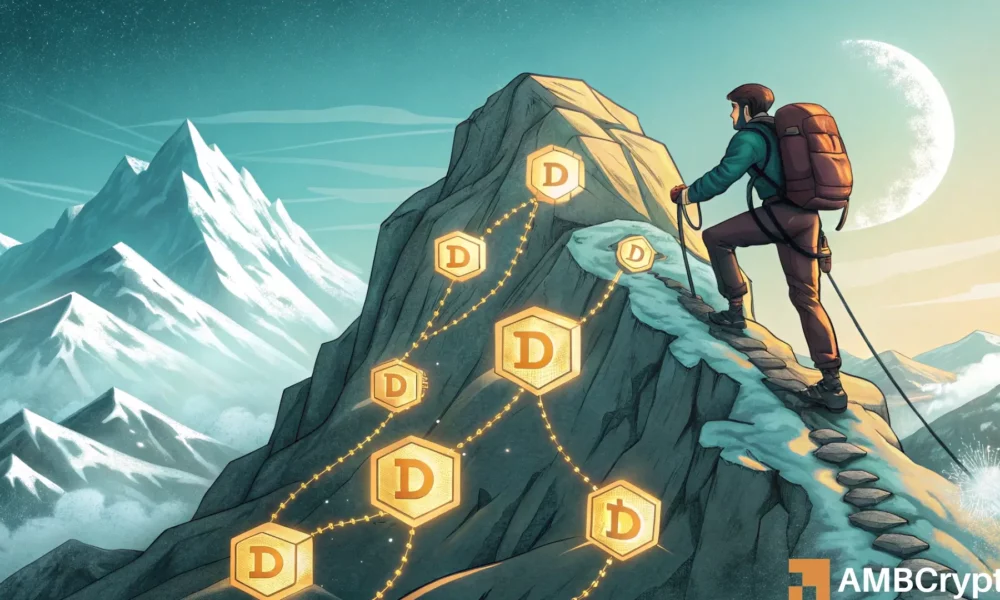Over the course of just 36 hours, Dogecoin [DOGE] surged by 18%, rising from its low of $0.3097 on Monday to $0.3653 on Wednesday. This spike in price led the meme-inspired cryptocurrency to test the $0.36 resistance region, which has been a notable zone of both demand and supply since mid-November.
Despite a decrease in the number of daily active addresses, other indicators suggested a trend of HODLing and accumulation among investors. An increase in Open Interest, along with an analysis of the DOGE/BTC trading pair, hinted that the $0.3 level could serve as a strong support for Dogecoin going forward. Are there indications that buyers are gearing up to challenge the previous highs of $0.7 and even surpass them?
Analysis of Dogecoin Investors’ Behavior
Insights from Santiment data revealed the realized cap HODL waves across various time intervals. The realized cap is a metric that determines a coin’s market cap by considering its value in the last transaction, rather than simply multiplying the current market price by circulating supply.
These HODL waves, expressed as a percentage, provide valuable information on how holders behave over different timeframes. They offer a deeper understanding of market participants’ activities.
Examining the chart, we observe a noticeable uptrend in the realized cap from 7 days to 90 days, indicating heightened trading and purchasing activity in the short to medium term. For instance, during the peak of the previous cycle in April 2021, the 30-60 day realized cap HODL wave peaked at nearly 49% a month after DOGE reached its all-time high.
Currently, this HODL wave stands at 27%, suggesting a potential shift. Conversely, the 1-7 day HODL wave has been on the decline in recent weeks. Typically, during a robust upward trend, this group of short-term holders exhibits a significantly higher realized cap percentage, reaching as high as 52% around the previous cycle’s peak.
Meanwhile, the percentage of HODL waves spanning 90 days to 365 days has also decreased, indicating that longer-term holders might be offloading their tokens to secure profits. This behavior change aligns with the evolving market sentiment witnessed over the past six weeks.
The diminishing short-term HODL waves suggest that these holders are hesitant to sell, anticipating further gains. On a positive note, the increase in the 7-90 day realized cap HODL waves provides an optimistic outlook.

